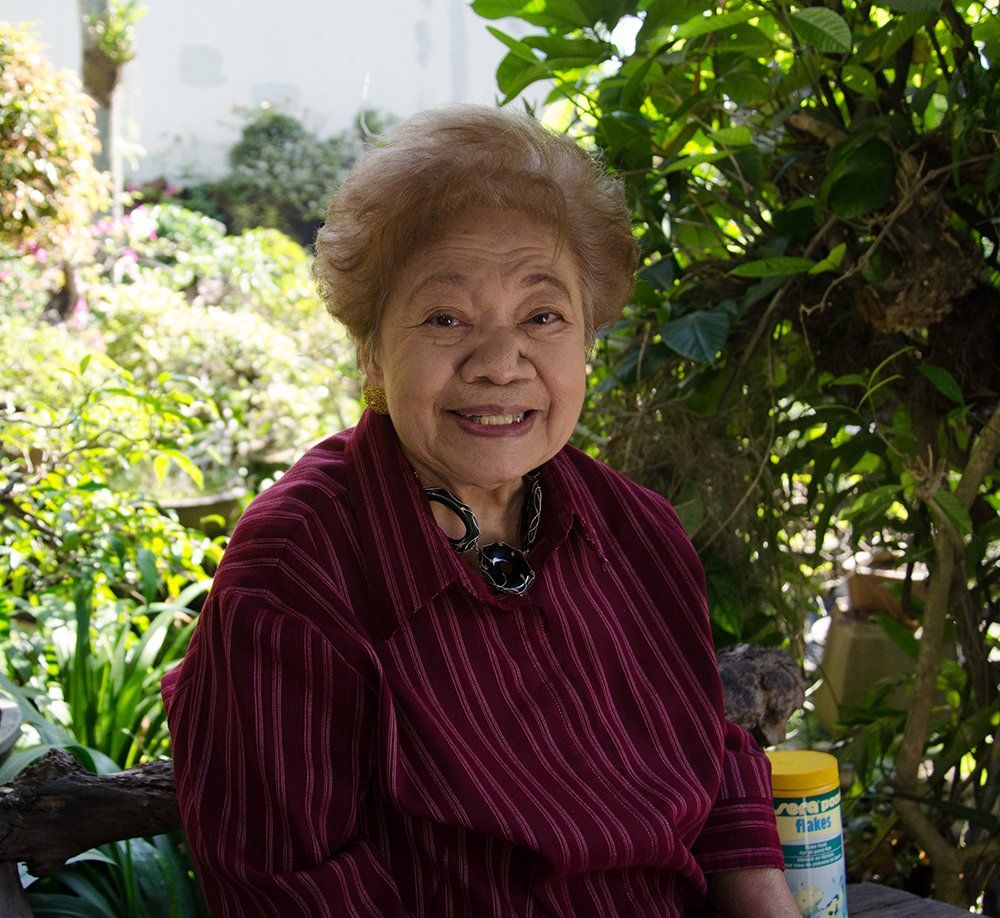Viewing Stones of the PhilippinesOverview of Stone Appreciation Practices in the Philippines
By Thomas S. Elias, July, 2015
The Republic of the Philippines is country consisting of 7,107 islands located in the western Pacific Ocean close to Taiwan. It is a mountainous country formed primarily by volcanic activity. This island country is located on the edge of the Pacific Rim of Fire; thus, it is subject to frequent volcanic and seismic activities. Because of volcanic activities, the Philippines have abundant minerals deposits and a wide range of stone types. This includes some ancient marine limestone deposits that were uplifted high in the mountains where they have been subject to erosion from rainfall.
Compared to the more southwestern Pacific countries of Indonesia and Malaysia, a stone appreciation culture developed late in the Philippines. The interest in unusual and interesting stones can be traced to one person—Felicidad S. Gupit. Mrs. Gupit was collecting stones long before she learned about Chinese and Japanese stone appreciation cultures. Fely, as she is known through the Philippines, became the founding president of the Natural Stone Society of the Philippines in April 2001.
Many of the stones in her extensive collection were published in The Bonsai & Suiseki Collection of Felicidad Sanchez-Gupit (2004, see VSANA Library). Interest in stone appreciation spread gradually among bonsai enthusiasts and others as they discovered the beauty of stones.
Presently, chapters of the society are being formed in different regions of the Philippines. In February 2015, the Tanay chapter held an outdoor exhibition of stones near Manila.


